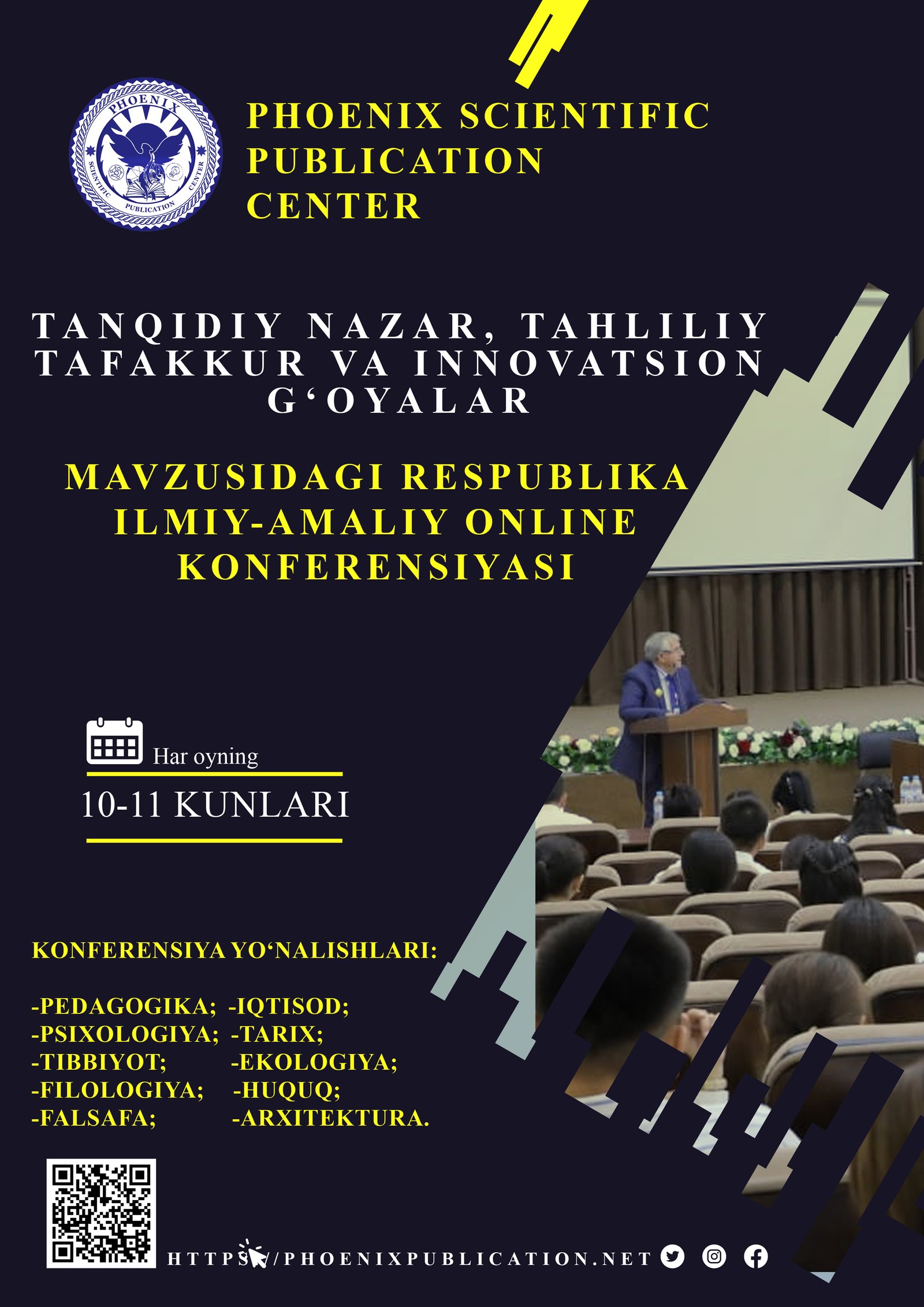Abstract
The Brontë family can be traced to the Irish clan Ó Pronntaigh, which literally means "descendant of Pronntach". They were a family of hereditary scribes and literary men in Fermanagh. The version Ó Proinntigh, which was first given by Patrick Woulfe in his Sloinnte Gaedheal is Gall (transl. Surnames of the Gael and the Foreigner) and reproduced without question by Edward MacLysaght, cannot be accepted as correct, as there were a number of well-known scribes with this name writing in Irish in the 17th and 18th centuries and all of them used the spelling Ó Pronntaigh.
References
1. Alexander, Christine; Sellars, Jane (1995). The Art of the Brontës. Cambridge University Press. ISBN 9780521438414. Retrieved 10 February 2017.
2. Barker, Juliet R. V. (1995). The Brontës. London: Phoenix House. ISBN 1-85799-069-2.
3. Bentley, Phyllis (1947). The Brontës. Home & Van Thal. (The English Novelists series)
4. Shokhrukh, T. (2022). Teaching School Children to Become Fluent and Accurate Speakers. European Multidisciplinary Journal of Modern Science, 8, 35-45.
5. Jalilovna, K. S. (2022). Common Similarities and Differences of Uzbek and English Fairy Tales. European Journal of Innovation in Nonformal Education, 2(1), 366-369.
6. Jalilovna, K. S. (2022). COMPARATIVE ANALYSIS OF UZBEK AND ENGLISH FAIRY TALES. IJTIMOIY FANLARDA INNOVASIYA ONLAYN ILMIY JURNALI, 80-83.
7. Jalilovna, K. S. (2022, February). A CASE STUDY ON VOCABULARY LEARNING THROUGH READING FAIRY TALES. In E-Conference Globe (pp. 5-6).
8. Toshkinboev, S., & Oh, S. (2024). CULTURAL FACTORS INFLUENCING KOREAN EFL LEARNERS'MOTIVATION AND ACHIEVEMENT. International Journal Of Literature And Languages, 4(11), 60-64.
